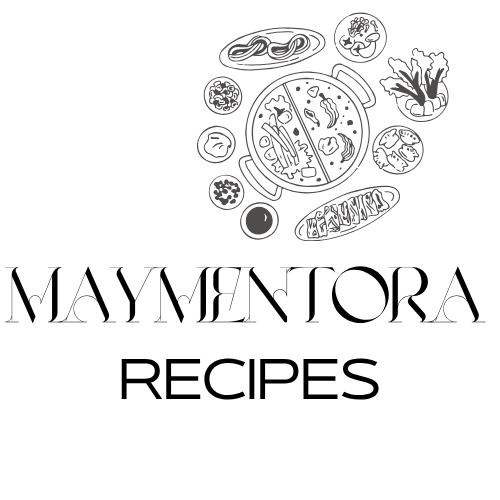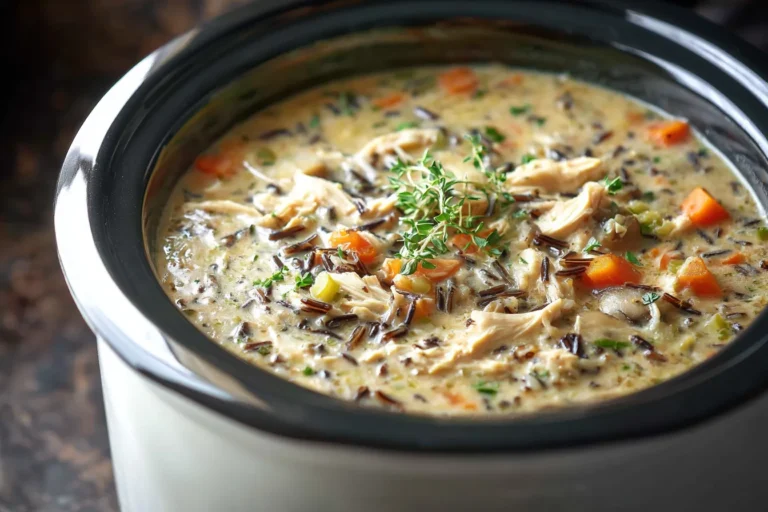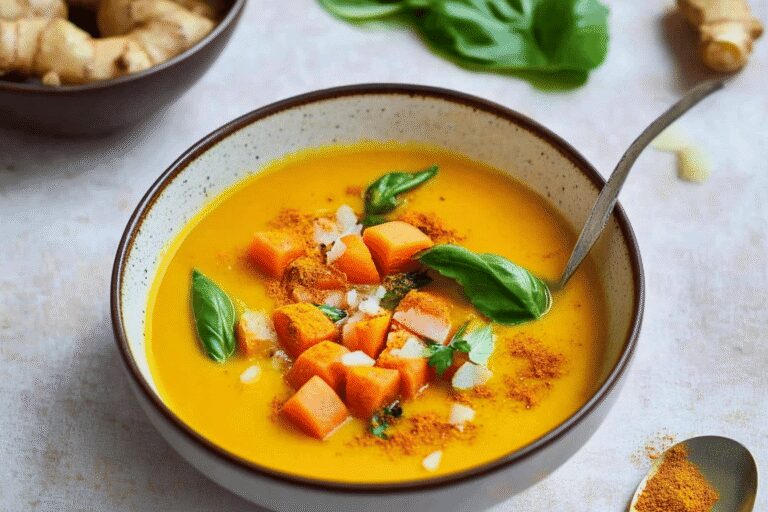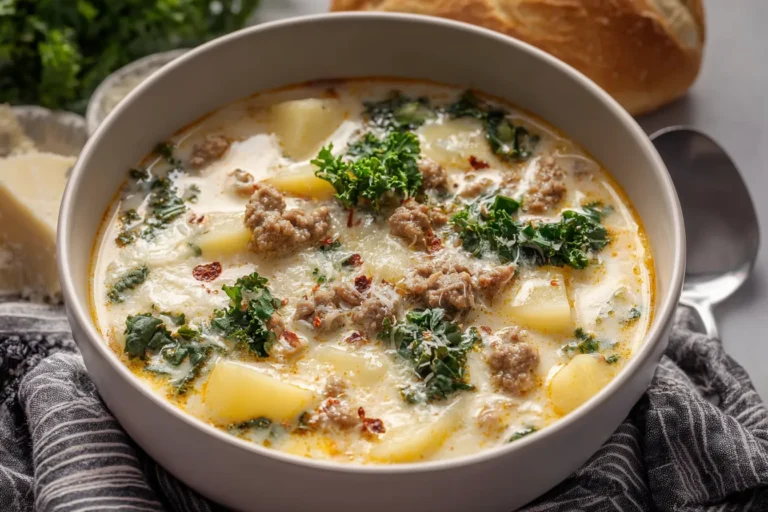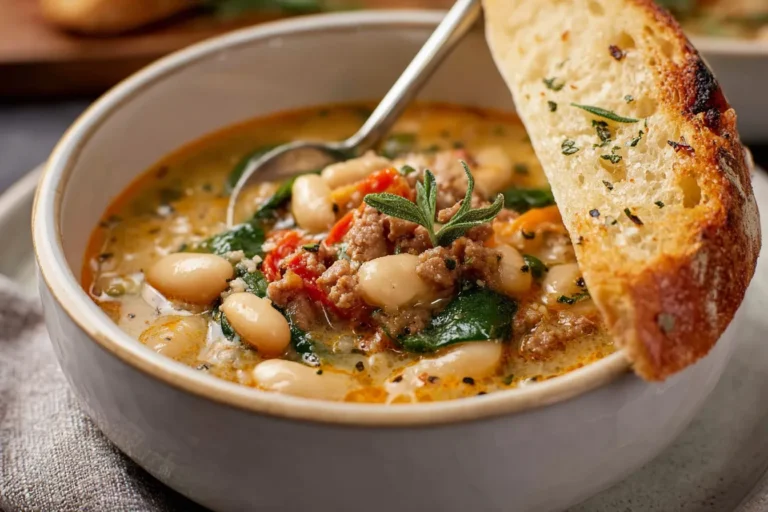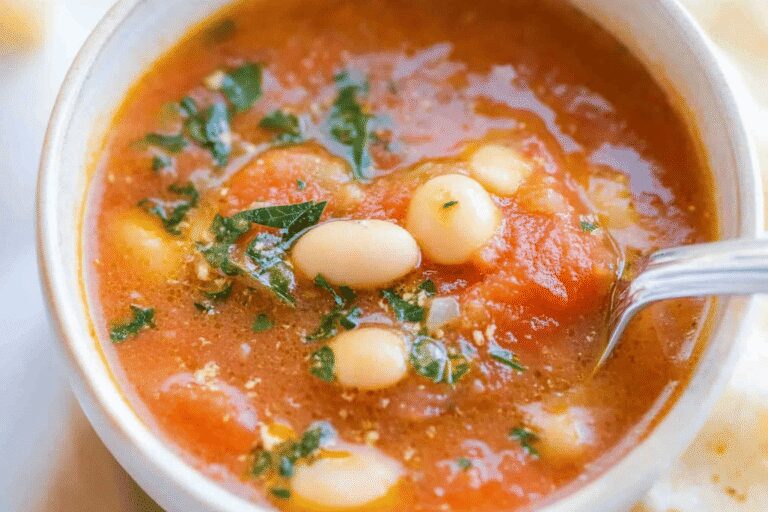Summer Soup Recipes: The Ultimate Comfort Food
Introduction
Let me tell you about the first time I tried to make summer soup. It was July, my kitchen was hotter than the sidewalk outside, and I was determined to make something “light and refreshing” despite having zero soup-making skills. Picture this: me, standing over a pot of what was supposed to be a vibrant vegetable soup, but instead looked like something you’d find at the bottom of a compost bin.
I’d thrown in every vegetable I could find – including some questionable zucchini that might have been better suited for science experiments. The broth was too watery, the seasoning nonexistent, and to top it all off, I accidentally used mint instead of basil (they look similar when you’re in a hurry, okay?). My roommate took one bite and said, “It’s… interesting,” which is food code for “please never make this again.”
But here’s the thing about kitchen disasters – they make the best stories later. And after about a dozen more attempts (and several more “interesting” versions), I finally cracked the code to making summer soup that’s actually good. The kind that makes you close your eyes and sigh after the first spoonful. The kind that somehow tastes like sunshine and comfort all at once.
What I learned through all those failed attempts is that great summer soup isn’t about fancy techniques or perfect presentation. It’s about simple ingredients treated with care, a little patience, and the willingness to embrace imperfection. Because let’s be real – even now, after making this soup more times than I can count, I still sometimes forget to salt the water or let the onions cook too long. And you know what? It still tastes pretty darn good.
Why You’ll Love This Recipe
- It forgives your mistakes – Burned the garlic a little? Overcooked the veggies? This soup is resilient. The flavors blend together so well that small mistakes just become “your special version.”
- Works with whatever’s in your fridge – That half-used zucchini? The carrots that are slightly past their prime? The single tomato rolling around in your veggie drawer? They all have a home here.
- Actually tastes better as leftovers – Unlike some soups that turn to mush, this one develops more flavor overnight. The herbs infuse, the vegetables soften just right – it’s like the soup version of a good marinade.
- Light enough for summer but still satisfying – No heavy creams or rich stocks here. This is the kind of soup that won’t weigh you down on a hot day but will still leave you feeling nourished.
- Endlessly customizable – Don’t like celery? Leave it out. Love garlic? Add extra. Want some protein? Toss in some beans. This recipe is more of a guideline than a rulebook.
Ingredients Breakdown
Let’s get into what actually goes into this magical pot of goodness. I’ll explain why each ingredient matters and share some hard-earned tips from my many soup experiments.
The Foundation
Broth (6 cups)
This is where the depth comes from. I prefer vegetable broth to keep it light, but chicken broth works beautifully too. A little secret I learned the hard way: if using store-bought, go for the low-sodium version. That way you can control the salt level yourself (because nothing ruins soup faster than it being too salty before you even start).
Olive oil (2 tablespoons)
Just enough to sauté our aromatics without making the soup greasy. I used to skip this step thinking I could just boil everything, but trust me – taking those extra few minutes to sauté makes all the difference in flavor.
The Aromatics
Yellow onion (1 medium, diced)
The unsung hero of any good soup. They add sweetness and depth that forms the flavor base. Pro tip: if you’re crying while chopping, you’re doing it right.
Garlic (3 cloves, minced)
Because what good soup doesn’t have garlic? I’ve learned to add it after the onions are translucent – if you add it too early with the onions, it can burn and turn bitter (speaking from experience here).
The Vegetables
Carrots (2 medium, diced)
They add natural sweetness and that beautiful orange color. I like to cut them into small pieces so they cook evenly – nothing worse than biting into a crunchy carrot in an otherwise perfect soup.
Celery (2 stalks, diced)
It’s not just for ants on a log. Celery adds an herby freshness that balances the sweetness of the carrots. If you’re not a celery fan, you can reduce it to one stalk.
Zucchini (1 medium, diced)
My summer favorite. It cooks quickly and absorbs flavors beautifully. Don’t peel it – the green skin adds color and nutrients.
Tomatoes (2 cups diced fresh or 1 can whole tomatoes)
The acid component that brightens everything up. In summer, fresh tomatoes are amazing, but canned work just as well in a pinch (and honestly, sometimes better when fresh tomatoes aren’t at their peak).
The Flavor Boosters
Bay leaf (1 leaf)
It’s incredible how much flavor one little leaf can add. Just remember to fish it out before serving (I’ve forgotten more times than I’d like to admit).
Dried thyme (1/2 teaspoon)
Or fresh if you have it. This herb complements the vegetables without overpowering them.
Salt and pepper (to taste)
Season as you go! I add a pinch with each layer of ingredients. The biggest soup mistake I made for years was waiting until the end to season.
Lemon juice (1 tablespoon)
The secret weapon that makes all the flavors pop. Add it right at the end – if you cook it too long, the bright acidity disappears.

Step-by-Step Instructions
Now for the fun part – let’s actually make this soup. I’ll walk you through each step with all the little tips and warnings I’ve accumulated through my many soup adventures (and misadventures).
Step 1: Prepare Your Ingredients
This might sound obvious, but take the time to chop everything before you start cooking. There’s nothing more stressful than trying to dice onions while your garlic is burning (again, speaking from experience). I like to lay everything out in little bowls like a cooking show – not because I’m fancy, but because it prevents me from forgetting ingredients (which has happened more than once).
*Chop all vegetables into roughly equal-sized pieces – about 1/2 inch dice works well. This ensures everything cooks evenly. Nothing worse than mushy zucchini and crunchy carrots in the same bite.
*Mince the garlic finely – big chunks can overwhelm a spoonful.
*Measure out your broth and have it ready to go near the stove.
Step 2: Sauté the Aromatics
Here’s where we build our flavor foundation:
- Heat the olive oil in a large pot over medium heat. Not too hot – we’re not frying here.
- Add the diced onions and a pinch of salt. The salt helps draw out moisture and speeds up the cooking.
- Cook, stirring occasionally, until the onions are translucent – about 5 minutes. If they start to brown, turn the heat down.
- Add the minced garlic and cook for just 30 seconds until fragrant. Any longer and it can burn (I’ve made this mistake approximately 37 times).
*Why this matters: This step develops the base flavors that will carry through the entire soup. Rushing it means missing out on depth.
Step 3: Add the Hearty Vegetables
Now we build our soup body:
- Add the carrots and celery to the pot with another pinch of salt.
- Cook for about 5 minutes, stirring occasionally. You’ll notice the vegetables start to glisten as they release some moisture.
- The goal here isn’t to cook them through completely, just to start the process and let them absorb some of that onion-garlic goodness.
*Pro tip: If things start sticking to the bottom of the pot, add a splash of broth to deglaze. Those browned bits are flavor gold.
Step 4: Build the Soup Base
Here’s where it starts coming together:
- Pour in the broth and add the bay leaf and thyme.
- Bring to a gentle boil, then reduce to a simmer. A vigorous boil can make the vegetables break down too much.
- Let this simmer for about 10 minutes to start developing flavors.
*Watch point: Skim off any foam that rises to the top in the first few minutes. It’s not harmful, but it can make the soup look cloudy.
Step 5: Add the Quick-Cooking Vegetables
Now for the summer stars:
- Add the zucchini and tomatoes.
- Simmer for another 5-7 minutes until the zucchini is just tender. You want it to still have a little bite, not turn to mush.
*Common mistake: Overcooking at this stage. The zucchini will continue to cook a bit even after you turn off the heat, so err on the side of underdone.
Step 6: Final Seasoning and Brightening
The finishing touches that make all the difference:
- Remove the bay leaf (if you can find it – I swear they hide sometimes).
- Stir in the lemon juice – this brightens all the flavors.
- Taste and adjust seasoning with more salt and pepper if needed.
*Why last-minute lemon? The acidity fades with prolonged cooking, so adding it at the end preserves that bright pop.

Pro Tips & Variations
After making this soup more times than I can count, here are my favorite ways to tweak it:
For Extra Depth
- Umami boost: Add a Parmesan rind while simmering (remove before serving). It adds a subtle richness without heaviness.
- Herb finish: Stir in fresh basil or parsley right before serving for a burst of freshness.
- Garlic bread crumbs: Toast some breadcrumbs with garlic and olive oil to sprinkle on top for crunch.
For Different Dietary Needs
- Creamy version: Blend half the soup and mix it back in for a thicker texture without cream.
- Protein packed: Add white beans or shredded chicken for a heartier meal.
- Gluten-free: Naturally gluten-free as written. Just check your broth if that’s a concern.
Seasonal Twists
- Spring: Add fresh peas and asparagus tips.
- Fall: Swap in butternut squash and sage.
- Winter: Use canned tomatoes and add kale for heartiness.
What to Serve It With
This soup is wonderfully versatile when it comes to pairings:
- Bread: A crusty baguette or garlic bread is perfect for dipping. I’m partial to sourdough – the tang complements the soup beautifully.
- Salad: A simple arugula salad with lemon vinaigrette makes a light, refreshing side.
- Protein: For a more substantial meal, add grilled shrimp or chicken on the side.
- Wine: A crisp Sauvignon Blanc or Pinot Grigio pairs wonderfully if you’re feeling fancy.
Storage and Reheating Tips
One of the best things about this soup is how well it keeps:
- Refrigerator: Stores beautifully for 3-4 days. The flavors actually improve as they meld.
- Freezer: Can be frozen for up to 3 months. Thaw overnight in the fridge before reheating.
- Reheating: Gently warm on the stove over medium-low heat. Microwaving can make the vegetables mushy.
- Pasta note: If you’ve added pasta or grains, store them separately as they’ll continue absorbing liquid.
Frequently Asked Questions
Can I make this in a slow cooker?
Absolutely! Sauté the aromatics first for best flavor, then add everything except the zucchini and lemon juice. Cook on low 6-8 hours, adding the zucchini in the last 30 minutes and the lemon juice at the end.
My soup turned out too thin. How can I thicken it?
You can blend a portion of the soup and mix it back in, or simmer uncovered to reduce. Alternatively, add a handful of instant mashed potato flakes – they work like
